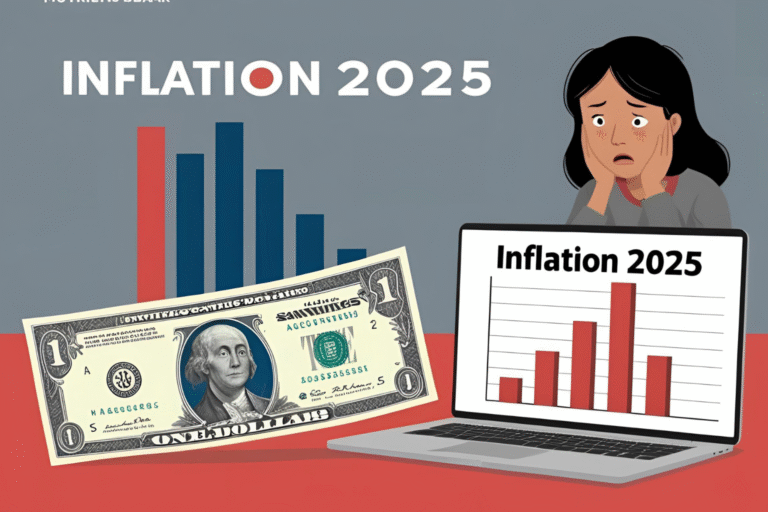How to Choose the Right Health Insurance Plan in the U.S.
Health insurance is one of the most important—and often most confusing—financial decisions you’ll make each year. Whether you’re selecting a plan through your employer, the HealthCare.gov marketplace, or a private insurer, it’s crucial to understand what you’re signing up for.
Here’s a simple guide to help you choose the right health insurance plan based on your personal needs, budget, and healthcare habits.
1. Understand the Main Types of Health Plans
Each plan type offers different levels of flexibility, costs, and provider access:
- HMO (Health Maintenance Organization): Lower cost, requires referrals, limited provider network
- PPO (Preferred Provider Organization): More flexibility, higher cost, no referrals needed
- EPO (Exclusive Provider Organization): No out-of-network coverage, lower cost than PPO
- HDHP (High-Deductible Health Plan): Lower premiums, higher deductibles, HSA eligible
2. Compare Monthly Premiums vs. Out-of-Pocket Costs
- Premium: The amount you pay monthly to keep the insurance
- Deductible: The amount you pay before insurance starts covering costs
- Copays/Coinsurance: What you pay for services after meeting your deductible
- Out-of-pocket maximum: The most you’ll pay in a year for covered services
Tip: If you visit the doctor often or take medications, a higher premium may save you more long-term.
3. Consider Your Healthcare Needs
Ask yourself:
- How often do I see doctors?
- Do I have ongoing health conditions?
- Do I need coverage for specialists or mental health?
- Will I need maternity or family planning services?
If you’re young and healthy, a HDHP with HSA might be ideal. If you have frequent needs, choose a lower deductible plan.
4. Check the Provider Network
Before choosing a plan, make sure:
- Your current doctors are in-network
- Your preferred hospital is included
- The network is sufficient in your area
Going out-of-network can lead to much higher bills.
5. Look Into Prescription Drug Coverage
If you take regular medications, review the plan’s formulary list to ensure your drugs are covered. Compare copay costs and mail-order options.
6. Use an HSA or FSA to Save on Taxes
- HSA (Health Savings Account): Available with HDHPs; money rolls over, triple tax benefit
- FSA (Flexible Spending Account): Employer-based; use-it-or-lose-it annually
These accounts reduce your taxable income while covering medical expenses.
7. Use Marketplace Tools to Compare Plans
Visit HealthCare.gov to compare plans, estimate costs, and see if you qualify for subsidies based on your income.
Final Thoughts
Choosing the right health insurance plan doesn’t have to be overwhelming. By understanding your needs, comparing coverage options, and considering total costs—not just monthly premiums—you’ll be better prepared to make a smart, financially sound decision.
FAQs
What is the best type of health plan for families?
PPOs offer more provider flexibility, while HMOs may be more cost-effective for families on a budget.
Are HDHPs a good idea?
Yes, for healthy individuals who want low premiums and plan to use an HSA for tax savings.
Can I switch plans during the year?
Only during open enrollment or if you qualify for a special enrollment period (job change, marriage, etc.).
Are preventative services covered?
Yes, most plans must cover preventive care like checkups, screenings, and vaccines at no cost.
What if I miss open enrollment?
You may qualify for Medicaid or CHIP, or a special enrollment period if you’ve had a major life change.






